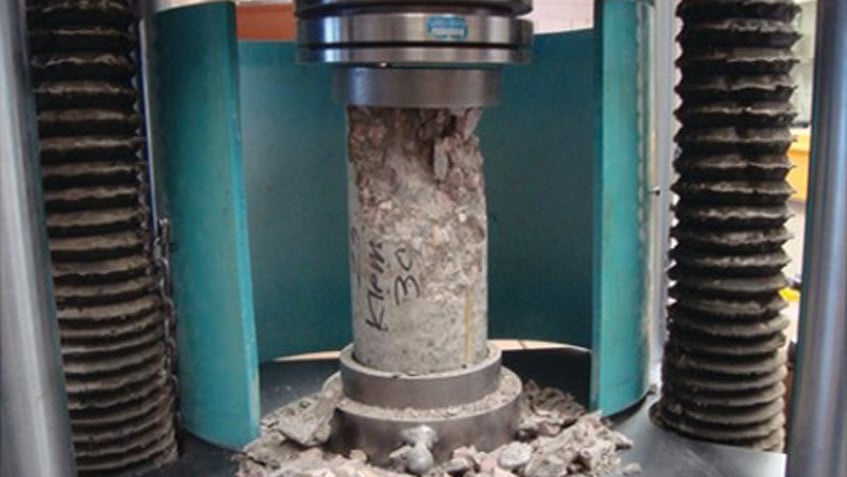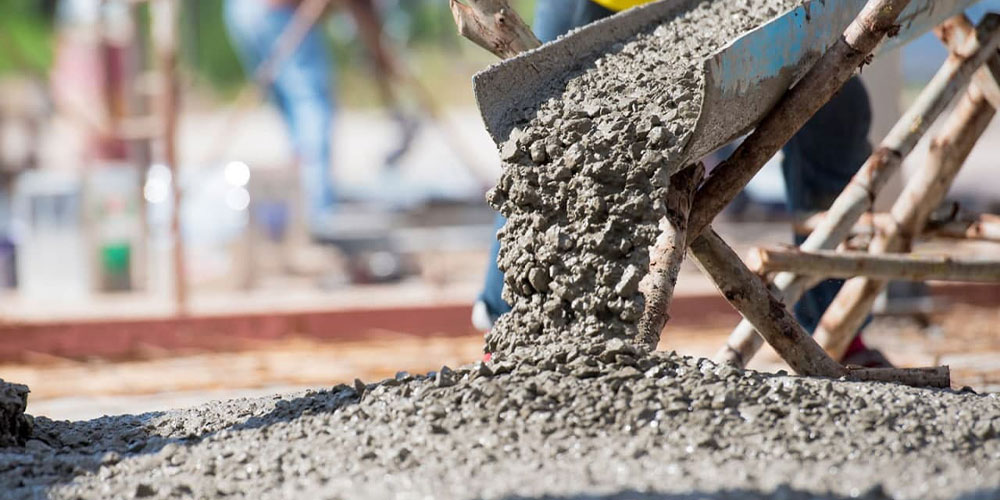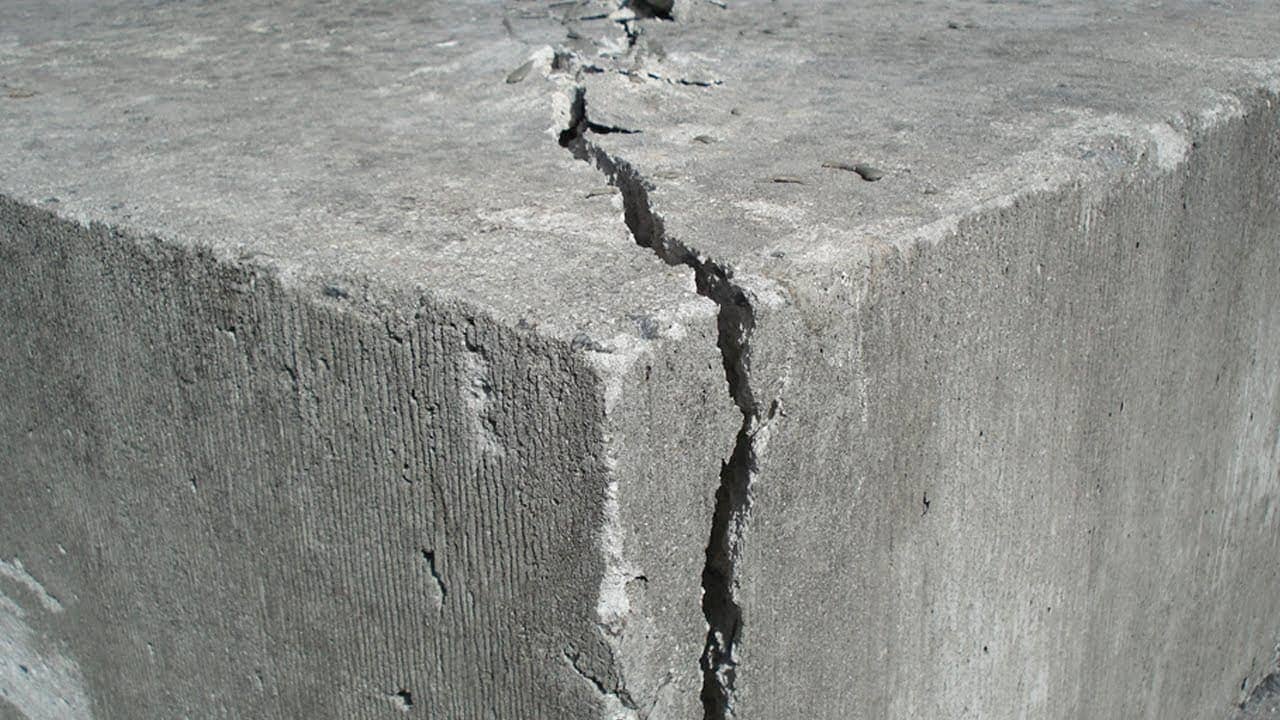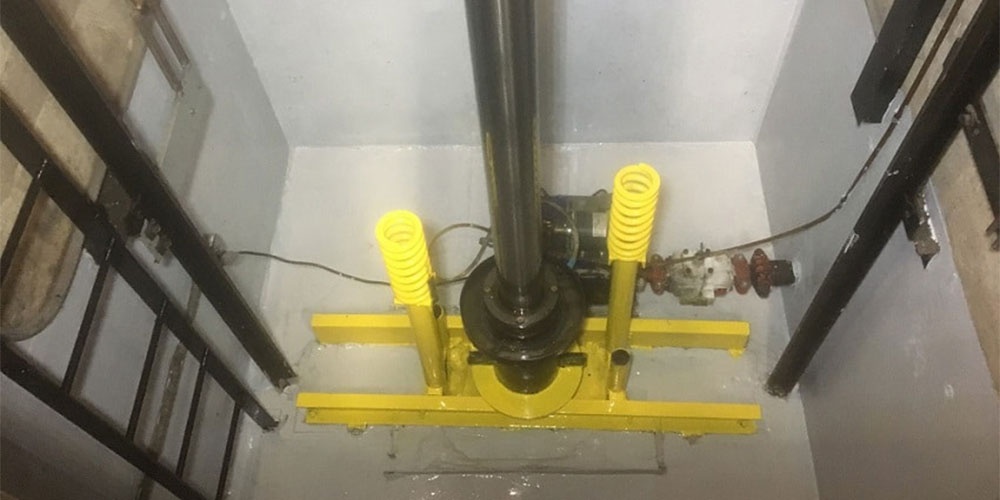To determine the compressive strength of concrete, the following steps are taken:
- Concrete Control for Compliance with Specified Strength (Lab-Cured Specimens) According to ASTM C192, C39
- Concrete Uniformity Control for Ready-Mix Concrete According to ASTM C94
- Curing Control (Preparing Cured Specimens on Site) According to ASTM C31, C39
- Concrete Strength Control at Various Times and Under Site Curing Conditions (Awareness Samples) for Formwork and Curing
- Control of Compressive Strength of Hardened Concrete Cores and Structural Elements According to ASTM C42
- Sampling of Fresh Concrete According to ASTM C172 and Iranian Standard 489
- Preparation and Curing of Concrete Test Specimens in the Laboratory According to ASTM C192 and Iranian Standard 581
- Notes on Sampling Fresh Concrete
When sampling fresh concrete, the following points must be observed:
- Between the first and last portions of the sample taken, there should not be more than a 15-minute time gap.
- The sampled portions must be thoroughly mixed using a shovel or trowel to achieve uniformity in the shortest possible time.
- Slump and air tests of the concrete, or any part thereof, must be initiated within 5 minutes after preparing the last portion of the concrete.
- Molding of the compressive test specimens must begin within 15 minutes after preparing the mixed sample and continue promptly according to the molding instructions.
- The specimens must be protected from wind, sunlight, rapid evaporation of harmful materials, and damaging factors.
- The minimum sample size for strength tests is 25 liters (at least five times the volume of the test specimens), and smaller samples are considered suitable for air content and workability tests.
- Sampling from stationary mixers (excluding drum mixers) is done by mixing two or more portions of the samples taken at regular time intervals during the discharge of the intermediate parts of the concrete mix. Samples should never be taken from the first and last parts of the mix. The sample must be taken from the entire surface of the mix to prevent segregation during flow.
- Sampling from drum mixers is done by taking at least five portions of the discharged concrete and mixing them. The discharged concrete should not be exposed to severe evaporation or water absorption by absorbent surfaces.
- Sampling from truck mixers is done by mixing two or more portions of the samples taken at regular time intervals during the discharge of the intermediate parts. Samples should be taken from the first and last parts of the truck mix, and no water or additives should be added before complete mixing. For workability tests, sampling can be done after discharging 0.3 cubic meters of concrete from the truck mixer.









